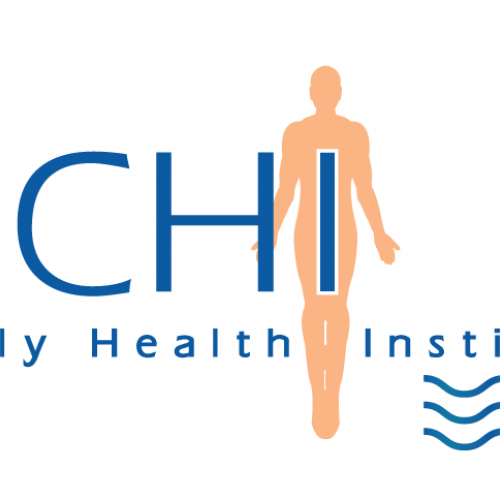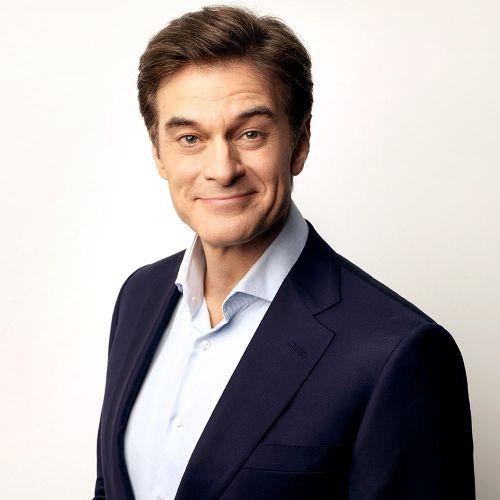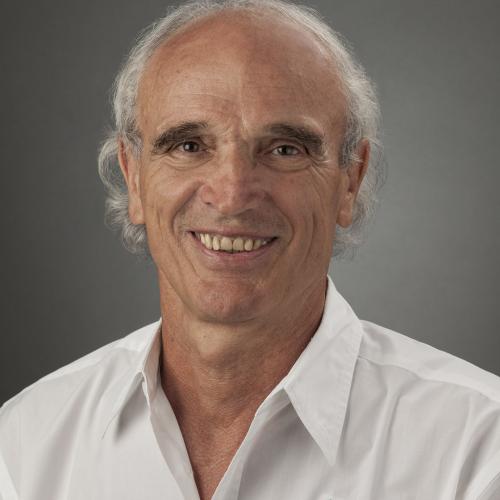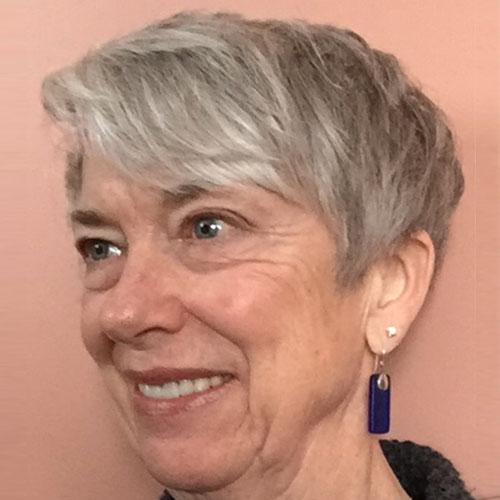This class will address retained and reoccurring neonatal and general reflexes in children and adults.
Many children and adults have neurological disorders, learning disabilities, or cognitive challenges. Studies show these individuals often have retained reflexes or may have reoccurring neonatal/primary reflexes. Optimally, these reflexes are inhibited/integrated in the first months of life. Children can keep their primary reflexes for longer than necessary for optimal development. Neonatal reflex inhibition allows for more sophisticated neurological structures to develop.
Adults can see the reoccurrence of these neonatal/developmental reflexes in many pathologies, including trauma, whiplash, PTSD, Parkinson’s, stroke, dementia, etc.
Retained and reoccurring reflexes can create numerous neurological dysfunctions, learning disabilities, and sensory integration dysfunctions.
In children, these primary reflexes can be found in learning disabilities, processing disorders / sensory integration dysfunctions, trauma, PTSD, cerebral palsy, ADD/ ADHD, problems with focus and concentration, vestibular integration issues, balance issues, poor postural control, social skills issues, dyslexia, dyscalculia, dysgraphia, dyspraxia / developmental coordination disorders, speech development disorders, speech-language delays, auditory and visual processing, autism spectrum disorders, Down syndrome (trisomy), etc.
There are approximately 28 neonatal reflexes present at birth. We will go over a lot of these reflexes and few permanent reflexes (lifelong reflexes), including Fear Paralysis Reflex (FPR), Moro Reflex, Tendon Guard Reflex (TGR), Palmar Reflex, Tonic Labyrinthine Reflex (TLR) forward and backward, Symmetrical Tonic Neck Reflex (STNR), Asymmetrical Tonic Neck Reflex (ATNR), Spinal Galant Reflex, Perez / Pulgar Marx Reflex / Vollmer Reflexes, Babkin Palmo-Mental Reflex, Hand Pulling Reflex, Crossed extension Reflex, Babinski Reflex, Landau Reflex, Amphibian Reflex, Parachute Reflex, Rooting Reflex, etc.
In this class, you will use quick, specific, and efficient manual therapy techniques to inhibit these primary/infant reflexes. Inhibitory movement patterns will be presented.
Pre-requisite: Brain 1
If you do not have the pre-requisites but think you may qualify, please do not hesitate to fill up the "Application for Exception".
Educational Level: Intermediate
Conflict of Interest: All classes presented by Chikly Health Institute have no financial conflict of interest.
CHI is not sponsored by outside organizations or corporations.
Please read "Our Policies" for more information: https://chiklyinstitute.com/Policies
• Contact Continuing Education (CE) Hours Total: 18 CEUs for massage therapists - NCBTMB Approved Provider # 451238-10
NCBTMB CEUs are accepted in every US state for NCBTMB certification renewal.
Most states accept NCBTMB for license renewal but not all. We are also approved for NY state.
Please look here for more information: http://www.ncbtmb.org/map/requirements-map.
Because certification and license renewal policies vary from state to state, it's important for you to make sure the CEUs are accepted wherever you practice. Therefore, please be aware that this information may not apply in your state.
Check your state’s website at: http://www.ncbtmb.org/regulators/state-info.
Alberta massage therapists: Members of the RMTA will receive 15 Continuing Education Credits (CEC) upon the submission of a certificate of completion for each course.
• PT and PTA
ProCert Continuing Competence Activity Certification Program is has been discontinued.
Before attending a workshop, simply verify CE acceptance with the professional licensing board or association in your state. Rules can be changed and updated regularly.
• 18 hours approved by the Certified Registered Massage Therapy Association of Alberta, Canada (CRMTA)
We are in the process of providing Continuing education for numerous other professions. Please check back to this page later as we will post all updates.
This class will address retained and reoccurring neonatal and general reflexes in children and adults.
Many children and adults have neurological disorders, learning disabilities, cognitive challenges that can be traced back to retained or reoccurring primitive reflexes.
Children can keep their primary reflexes for longer than expected.
Adults can see the reoccurrence of primitive or dysfunction of primitive reflexes in many pathologies, including trauma, PTSD, Parkinson’s, dementia, etc...
These retained and reoccurring reflexes can create numerous neurological dysfunctions and learning disabilities, sensory processing disorder / sensory integration dysfunction.
These reflexes can be found in Autism spectrum disorders, learning disabilities, dyslexia, dyscalculia, dysgraphia, speech development disorders, speech-language delay, sensory processing disorder / sensory integration dysfunction, ADD/ ADHD, CP, trauma, PTSD, ADHD, auditory and visual processing, problems with focus and concentration, vestibular integration, balance issues, poor postural control, social skills issues, stroke, Parkinson, dementia, some response on Down syndrome (trisomy), etc.
BR Schedule (Subject to Change)
Day One:
8:30 Registration
9am - 11am Introduction.
Reflex definition, physiology, pathophysiology
Neonatal reflexes: clinical case studies
Reflexes: motor, associated behavior, and mood
Brain techniques to inhibit neonatal or postural reflexes
11:00 - 11:15am Break / group discussion
11:15 - 12:30 pm Reflex testing, treatment, and home program: Tendon Guard Reflex (TGR)
12:30 - 2:00pm Lunch
2:00- 3:30 pm Reflex testing, treatment, and home program: Fear Paralysis Reflex (FPR), Moro Reflex
3:30 - 3:45pm Break / group discussion
3:45 - 5:30pm Reflex testing, treatment and home program: Babkin Reflex, Palmar Reflex
Day Two
9:00 - 9:30 am Questions and answers
Case studies
9:30 - 11:00 am Reflex testing, treatment, and home program: Hand Pulling Reflex, Hand supporting / Parachute Reflex
11:00 - 11:15pm Break / group discussion
11:15 - 12:30pm Reflex testing, treatment and home program: Babinski Reflex
12:30 - 2:00pm Lunch
2:00 - 3:00 pm Reflex testing, treatment, and home program: Bauer Crawling Reflex, Automatic Walking Reflex
3:00 – 3:30pm Reflex testing, treatment and home program: Crossed Extension Reflex, Plantar Reflex
3:30 - 3:45pm Break / group discussion
3:45pm – 4:45pm Reflex testing, treatment and home program: Landau Reflex, Tonic Labyrinthine Reflex (TLR) forward / backward
4:45 pm – 5:30 pm Reflex testing, treatment, and home program: Symmetrical Tonic Neck Reflex (STNR)
Day Three
9:00 - 10:30 am Questions and answers
Reflex testing, treatment, and home program: Asymmetrical Tonic Neck Reflex (ATNR)
10:30 - 10:45am Break / group discussion
10:45 - 12:45 pm Reflex testing, treatment, and home program: Spinal Galant Reflex, Perez / Pulgar Marx & Vollmer Reflexes, and Amphibian Reflex
12:45 - 2:00pm Lunch
2:00 2:30pm Reflex testing, treatment and home program: Sucking / Rooting / Swallowing Reflexes
2:30 - 3:30 pm Reflex testing, treatment and home program: Blink Reflex
Take home protocol.
Final questions and answers.
INSTRUCTIONAL METHODS: Lecture, Keynote/power point slides, demonstration on a patient/client or participant, practical sessions, study guide, scientific references.
BR LEARNER’S OBJECTIVES (Subject to Change)
- By the end of the first day participants will be able to correctly demonstrate the Hypothalamic Release Technique applied to retained primary reflexes
- By the end of the course participants will be able to correctly demonstrate how to integrate a retained Tendon Guard Reflex (TGR) using a Brain Therapy level 1 (B1) approach
- By the end of the course participants will be able to correctly demonstrate how to integrate a retained Moro Reflex using a Brain Therapy level 1 (B1) approach
- By the end of the course participants will be able to correctly demonstrate how to integrate a retained Babkin Reflex using a Brain Therapy level 1 (B1) approach
- By the end of the course participants will be able to correctly demonstrate how to integrate a retained Hand supporting Reflex using a Brain Therapy level 1 (B1) approach
- By the end of the course participants will be able to correctly demonstrate how to integrate a retained Babinski Reflex using a Brain Therapy level 1 (B1) approach
- By the end of the course participants will be able to correctly demonstrate how to integrate a retained Bauer Crawling Reflex using a Brain Therapy level 1 (B1) approach
- By the end of the course participants will be able to correctly demonstrate how to integrate a retained Plantar Reflex using a Brain Therapy level 1 (B1) approach
- By the end of the course participants will be able to correctly demonstrate how to integrate a retained Tonic Labyrinthine Reflex (TLR) using a Brain Therapy level 1 (B1) approach
- By the end of the course participants will be able to correctly demonstrate how to integrate a retained Symmetrical Tonic Neck Reflex (STNR) using a Brain Therapy level 1 (B1) approach
- By the end of the course participants will be able to correctly demonstrate how to integrate a retained Asymmetrical Tonic Neck Reflex (ATNR) using a Brain Therapy level 1 (B1) approach
- By the end of the course participants will be able to correctly demonstrate how to integrate a retained Spinal Galant Reflex using a Brain Therapy level 1 (B1) approach
- By the end of the course participants will be able to correctly demonstrate how to integrate a retained Rooting Reflex using a Brain Therapy level 1 (B1) approach
- By the end of the course participants will be able to correctly analyze a patient to determine a precise area of the CNS which inhibits one specific retained primary reflex, based on the Brain Therapy level 1 (B1) approach.
Pre-requisite: Brain 1
If you do not have the pre-requisites but think you may qualify, please do not hesitate to fill up the "Application for Exception".
Dr Chikly has prepared an easy to follow flip book showing all of the reflexes covered in the class to support your clinical success. Please click here to learn more.
Please be familiar with the names and descriptions of common reflexes such as Moro Reflex, Palmar Reflex, Tonic Labyrinthine Reflex (TLR), Asymmetrical Tonic Neck Reflex (ATNR), Symmetrical Tonic Neck Reflex (STNR), Spinal Galant Reflex, Babkin Palmo-Mental Reflex, Hand Pulling Reflex, Crossed extension Reflex, Babinski Reflex, Landau Reflex, Amphibian Reflex, Parachute Reflex, etc.
Please study these three short Youtube videos:
Price: $950
Registration Discount: $750
You can receive the discounted price of $750 by using your CHI-Pak or by registering and making a minimum deposit of $200 at a prior CHI class and pay the balance in full 45 days before the class start date.
(If the class is not paid in full 45 days before the start of class, the rate automatically goes up to $950)
Repeat: $475







